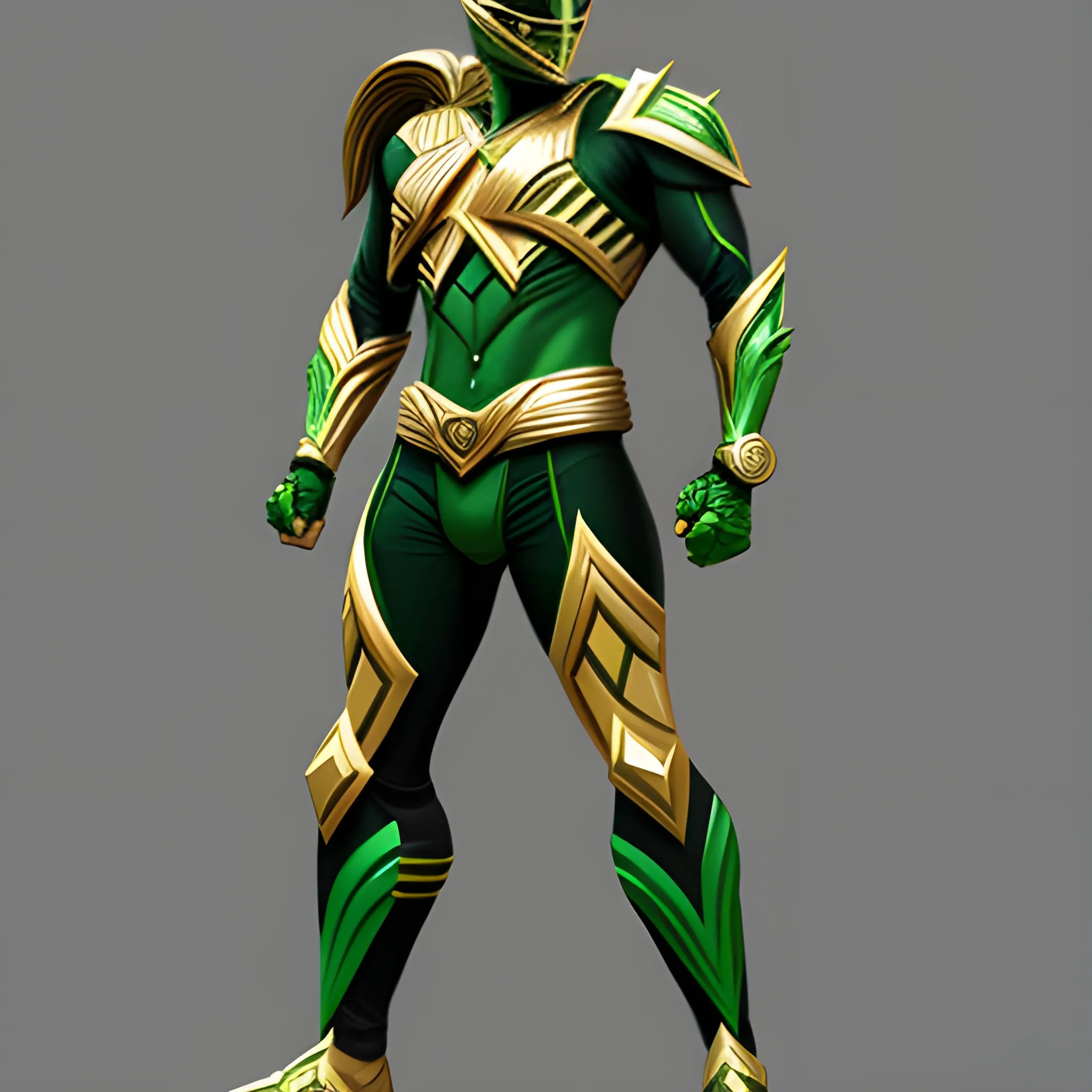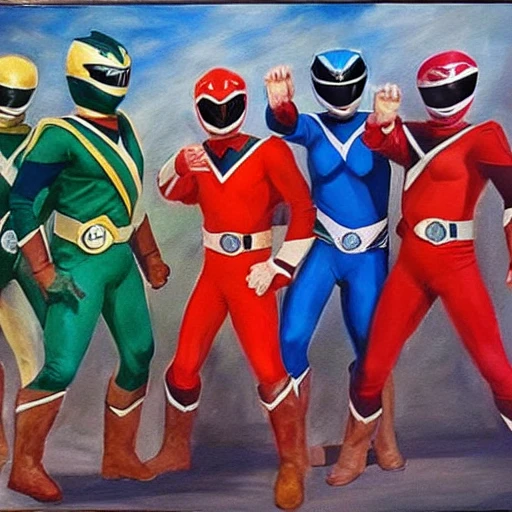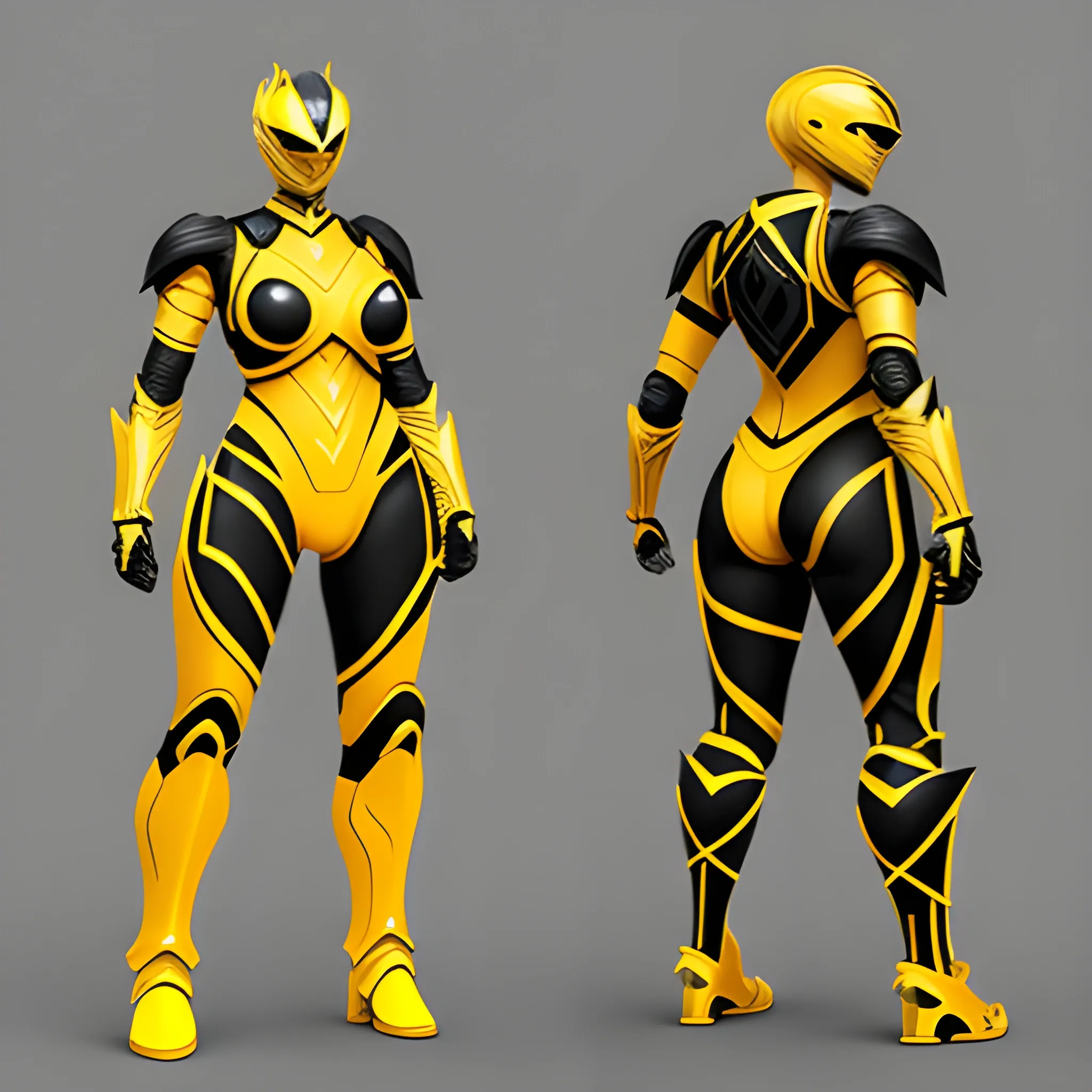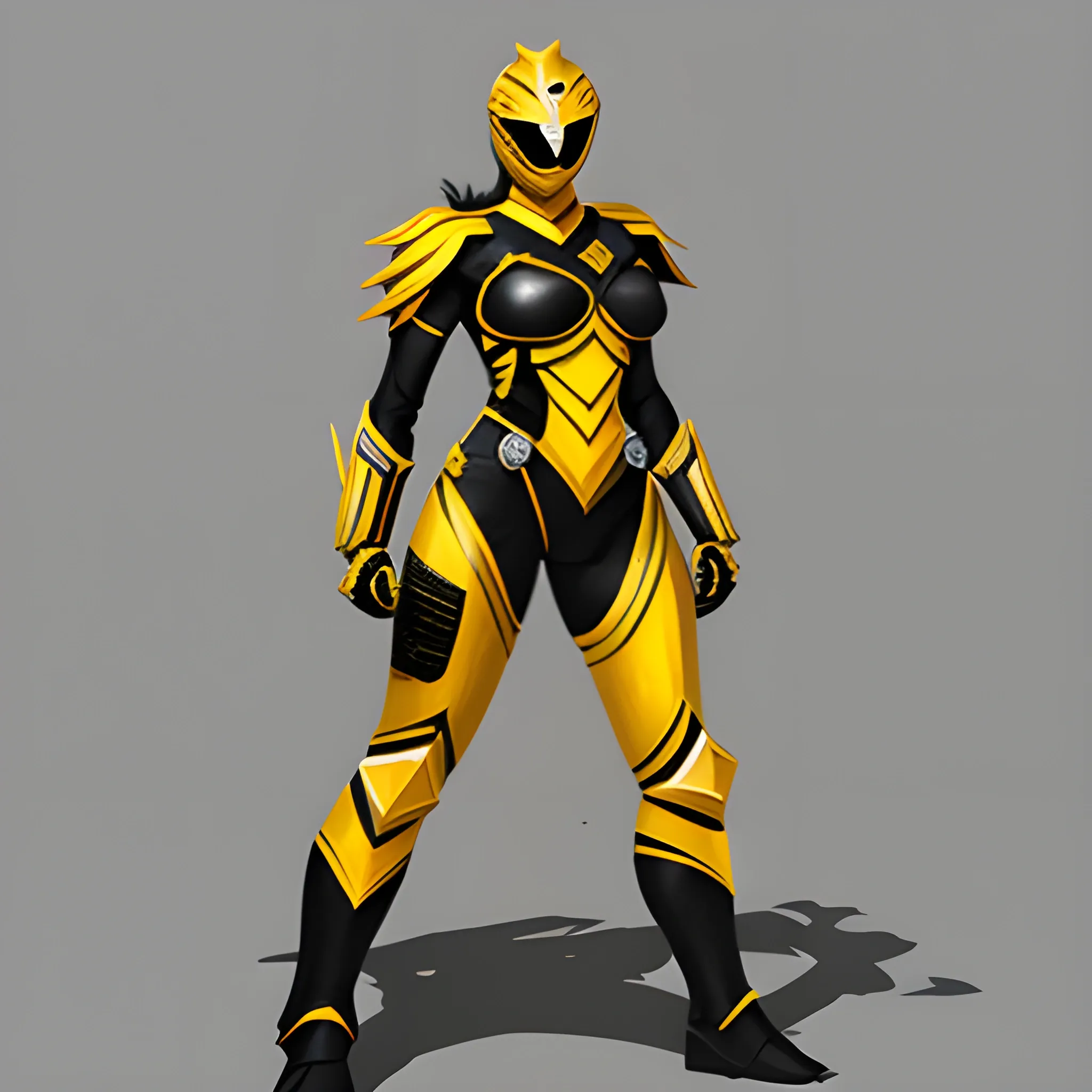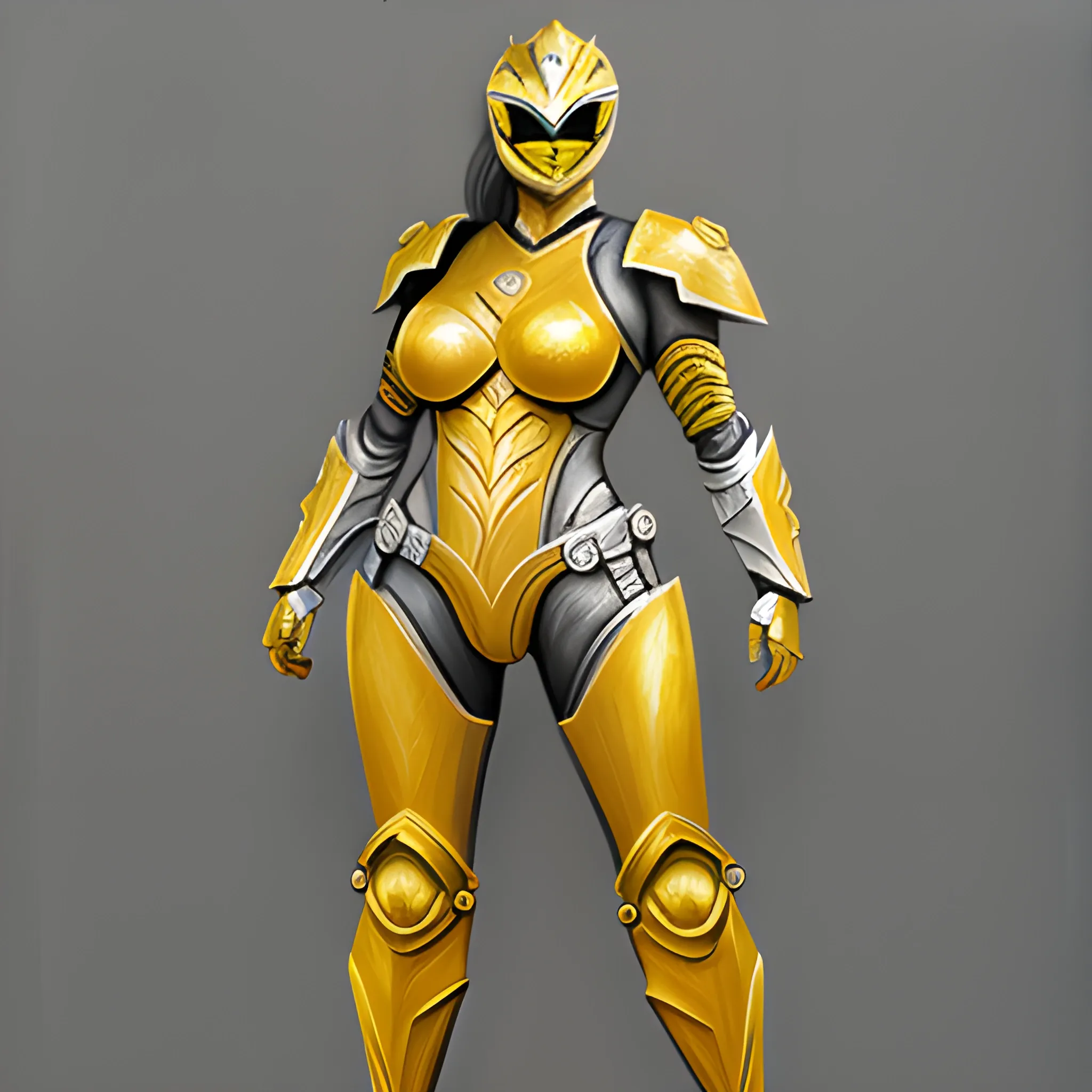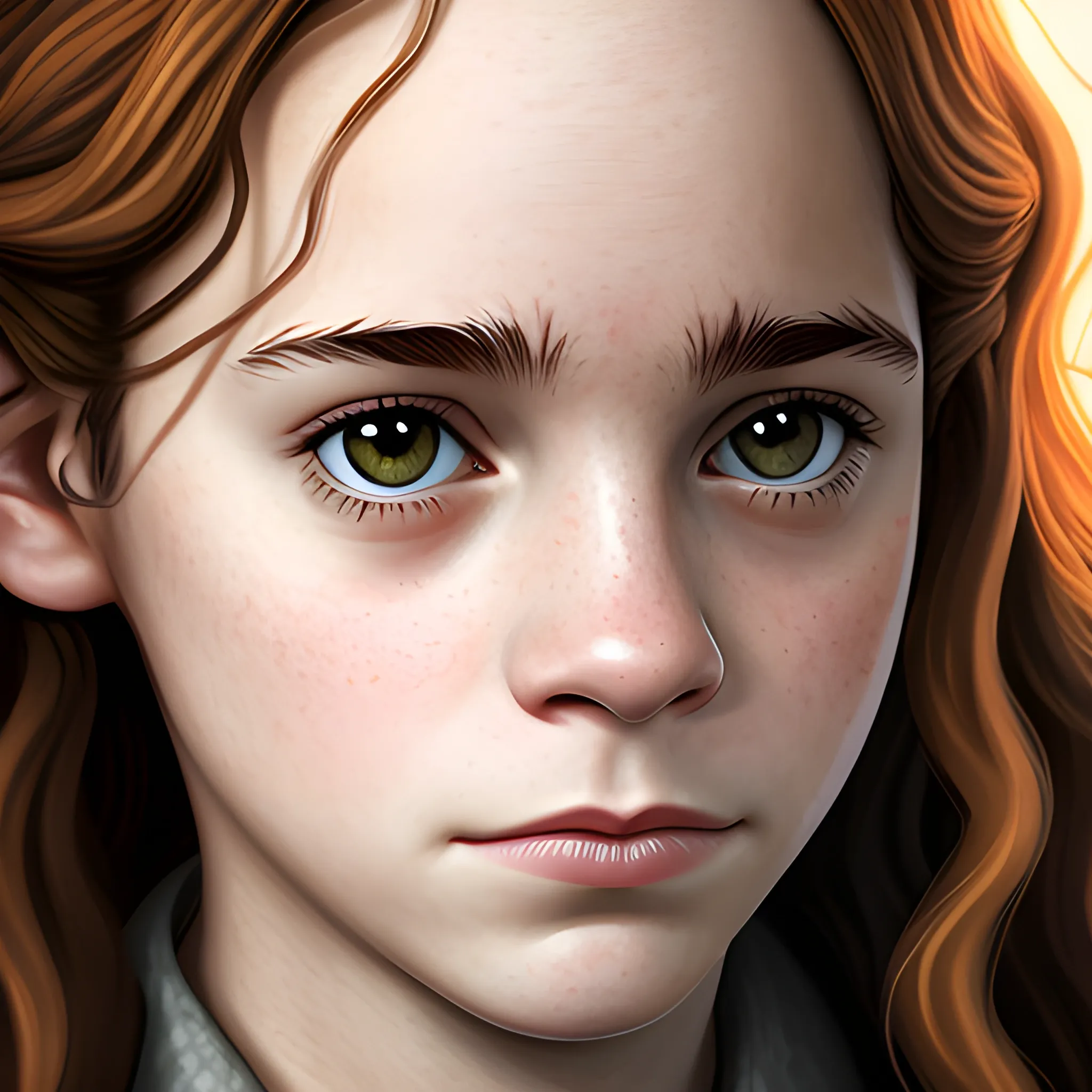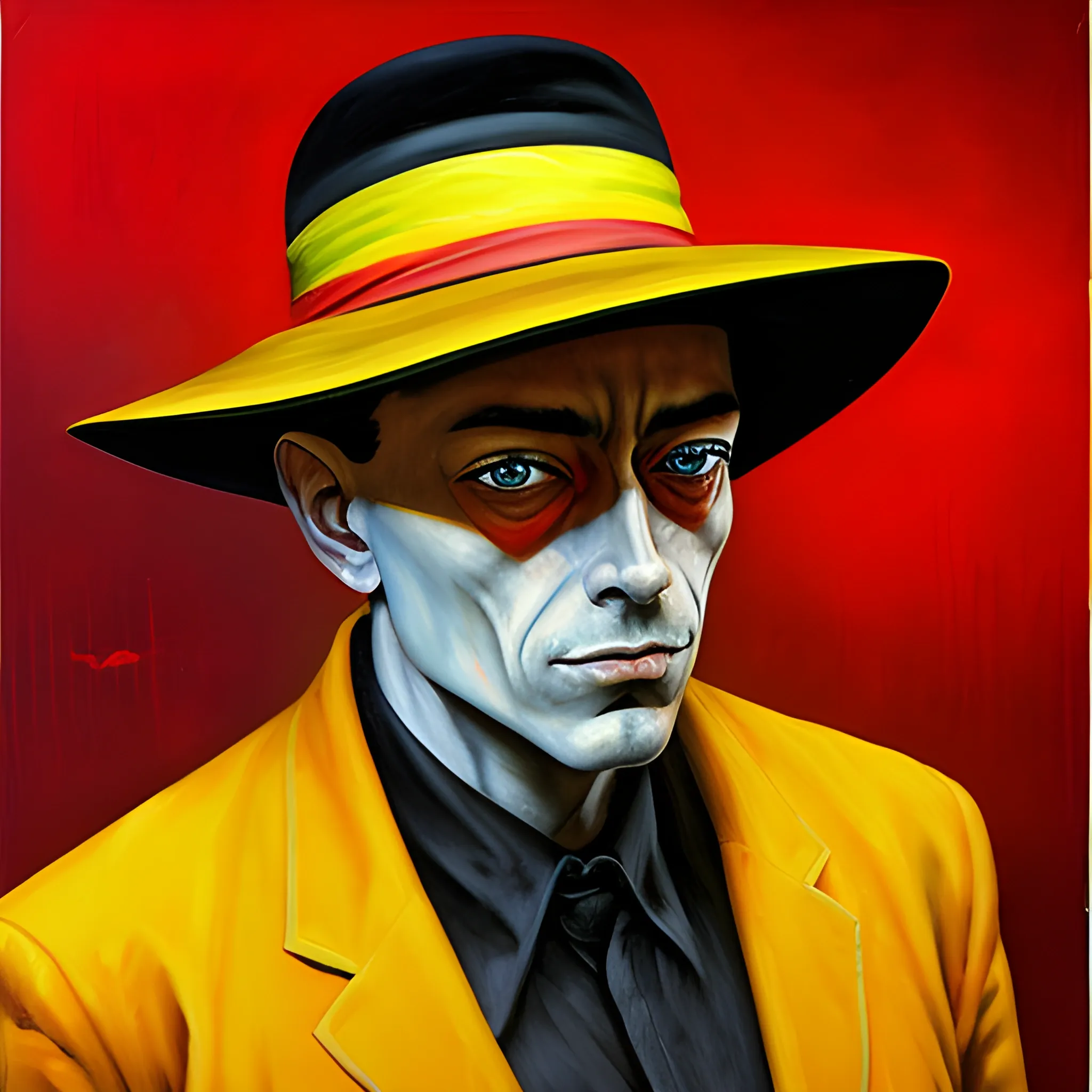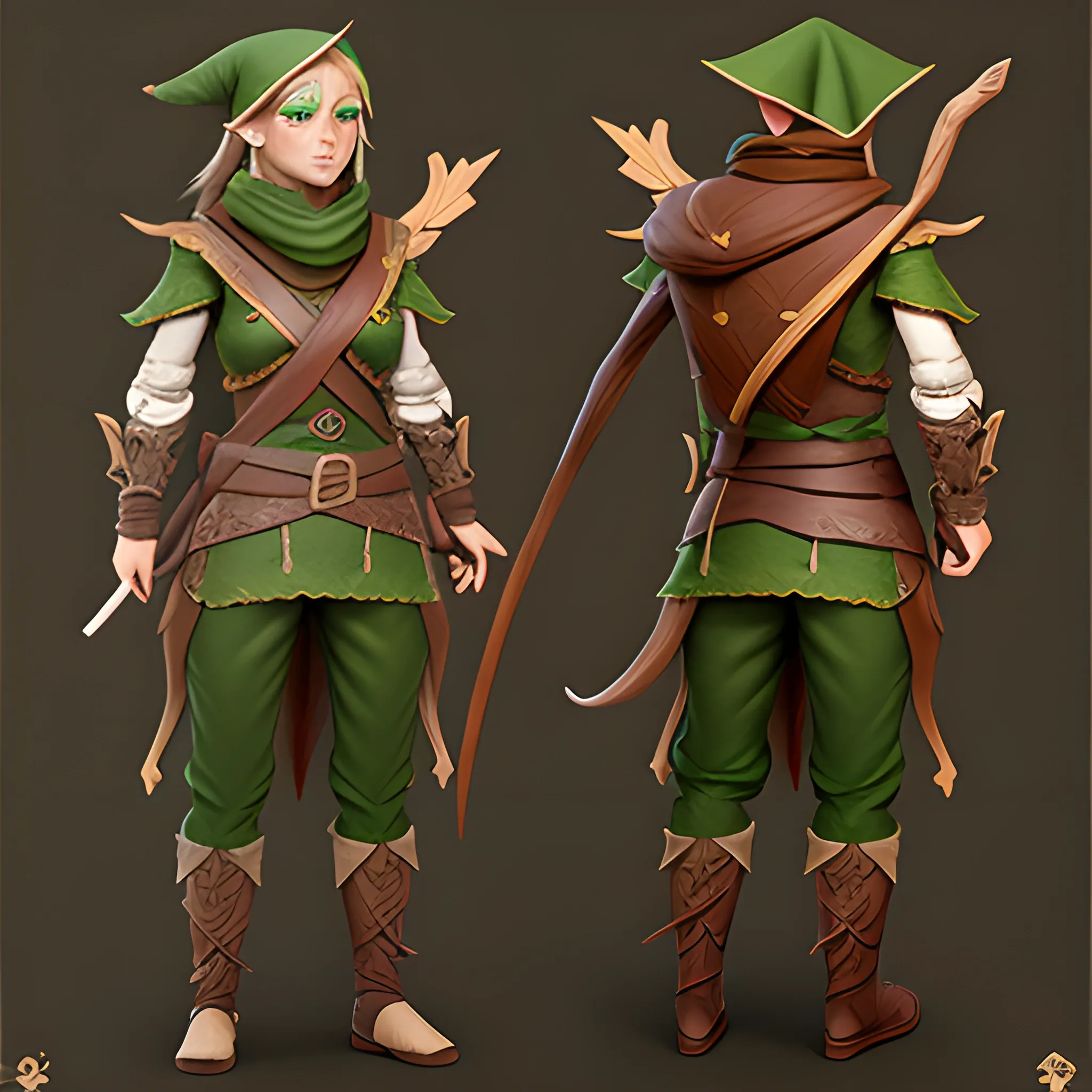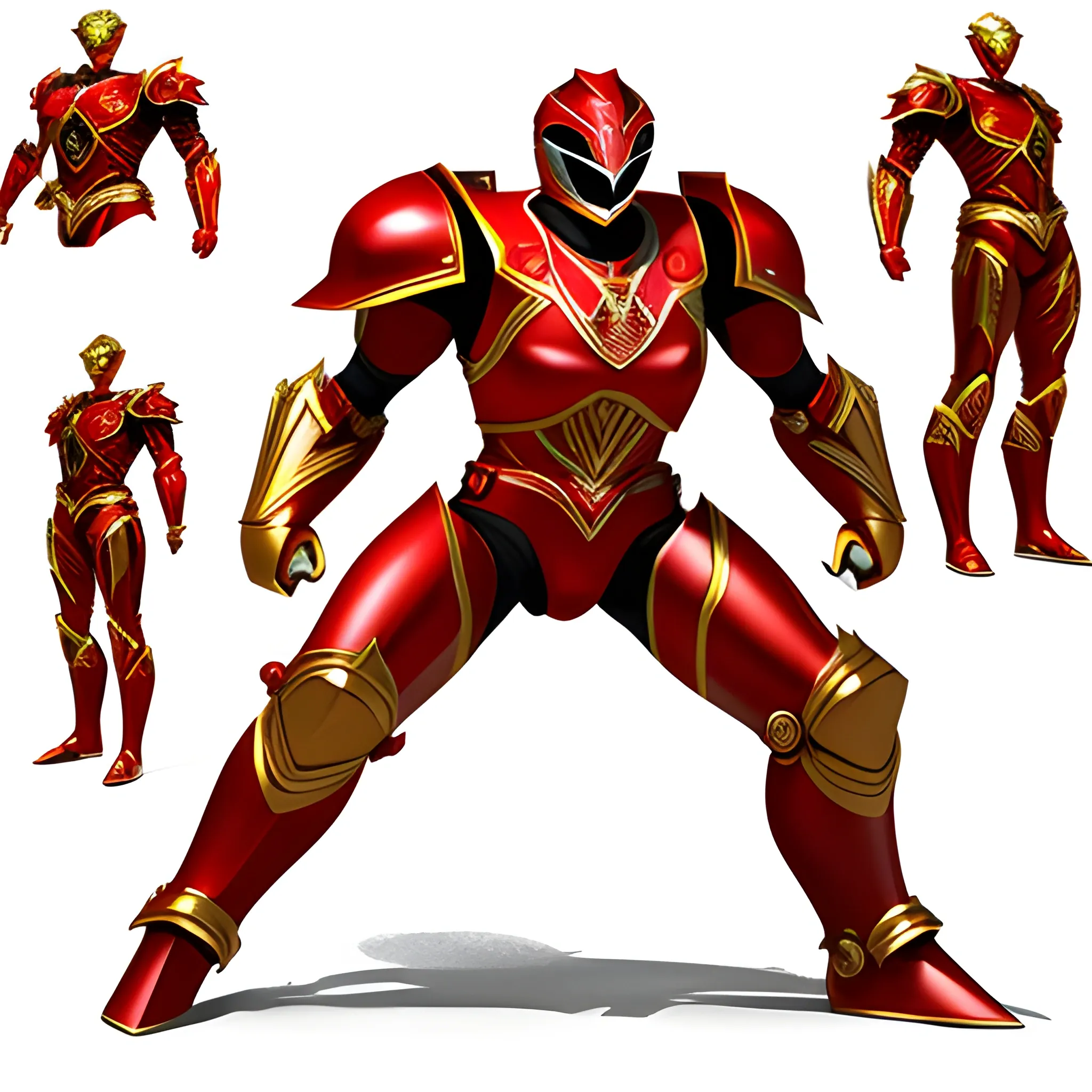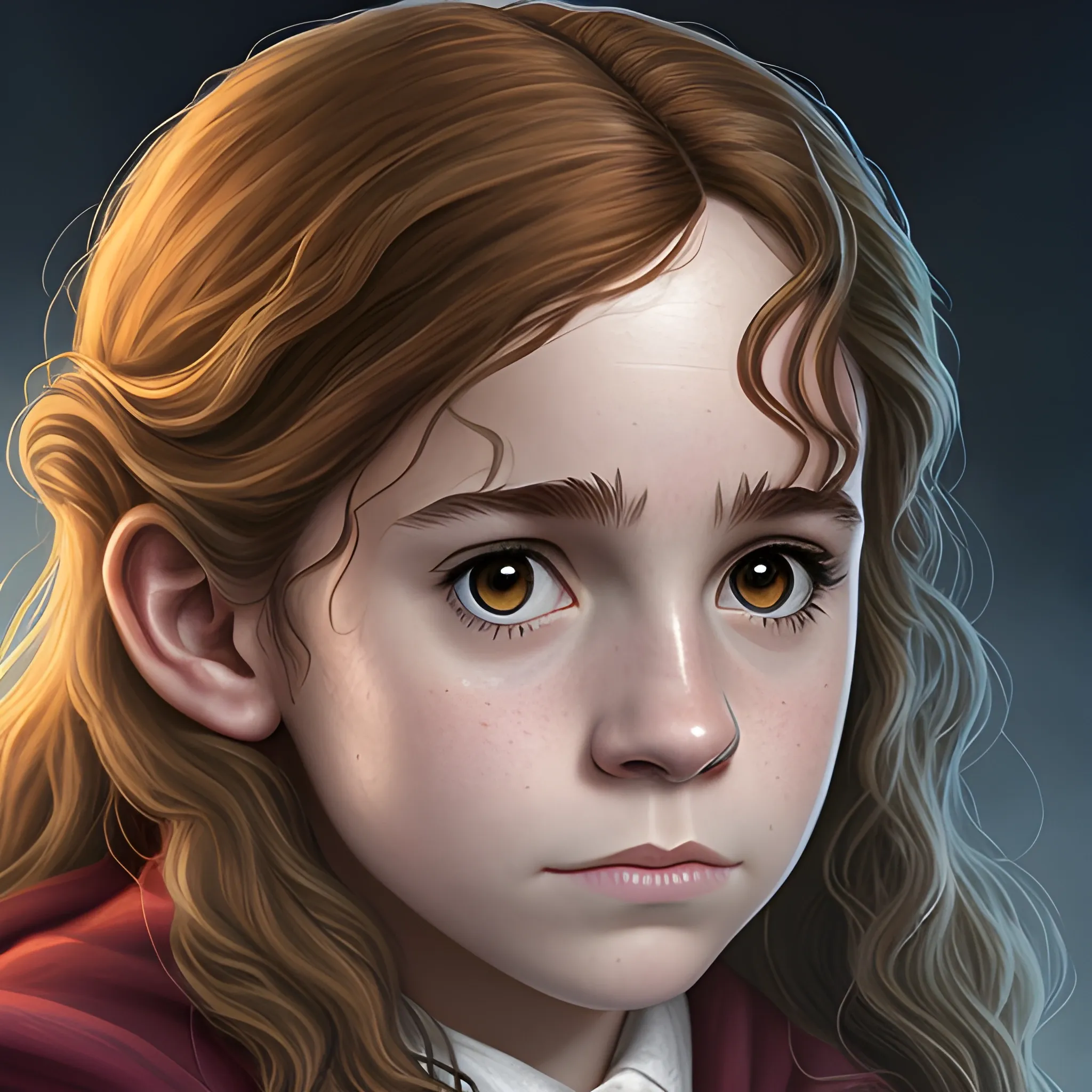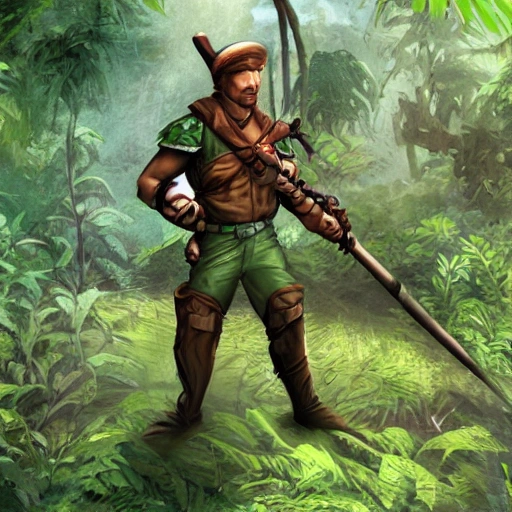Search Results for Ranger
Explore AI generated designs, images, art and prompts by top community artists and designers.
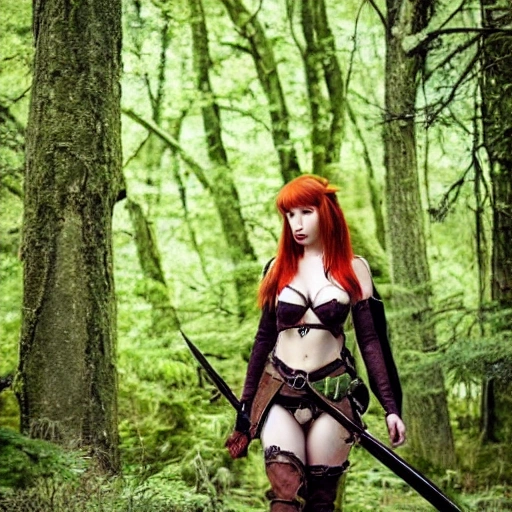
redhead , green eyes , female , ranger , fantasy , semi elf , with long bow , and two swords , chainmail , in a forest , with a wolf companion ,
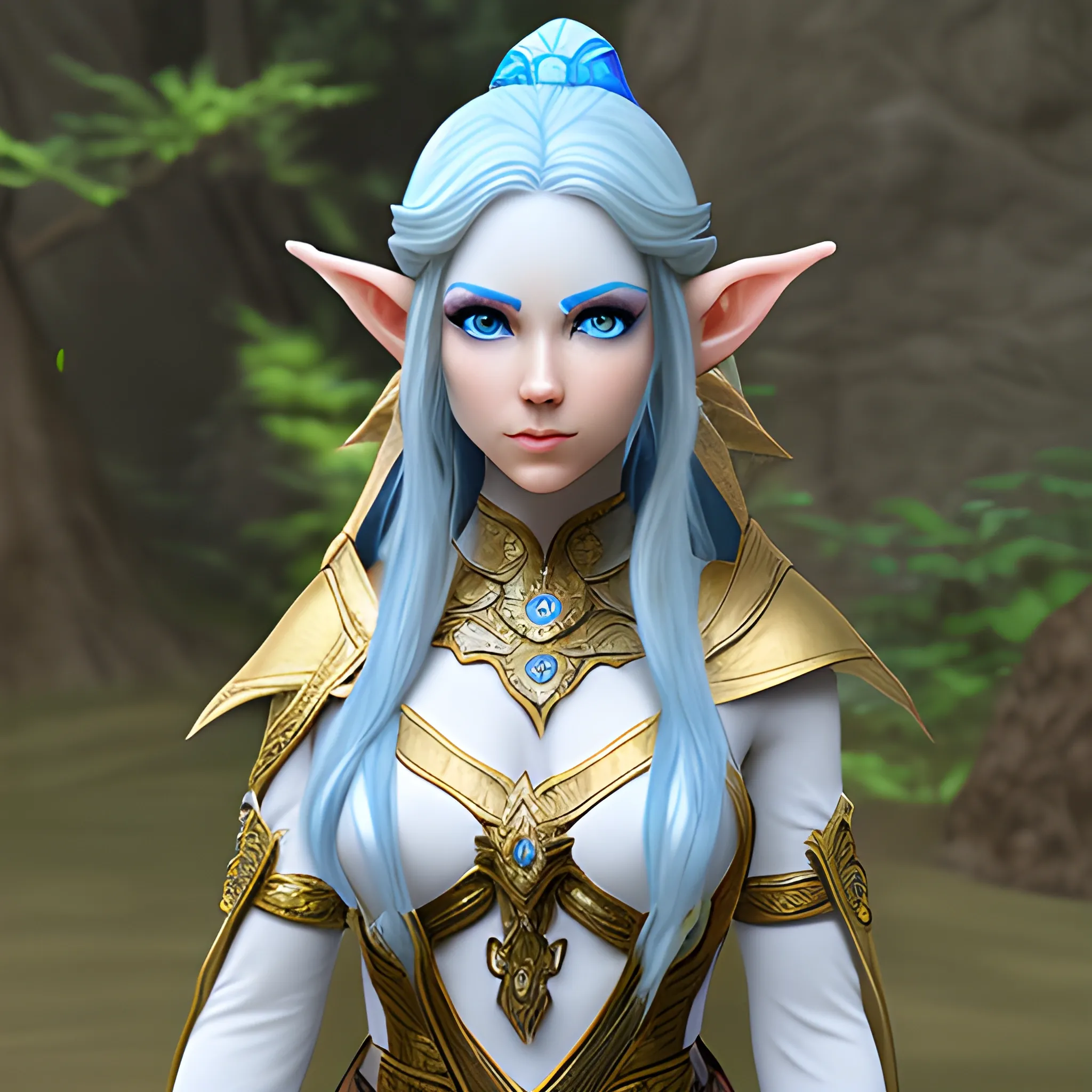
elf , female , ranger , priestess , hair blue long , skin color white , eyes color yellow , accessory diamond ,
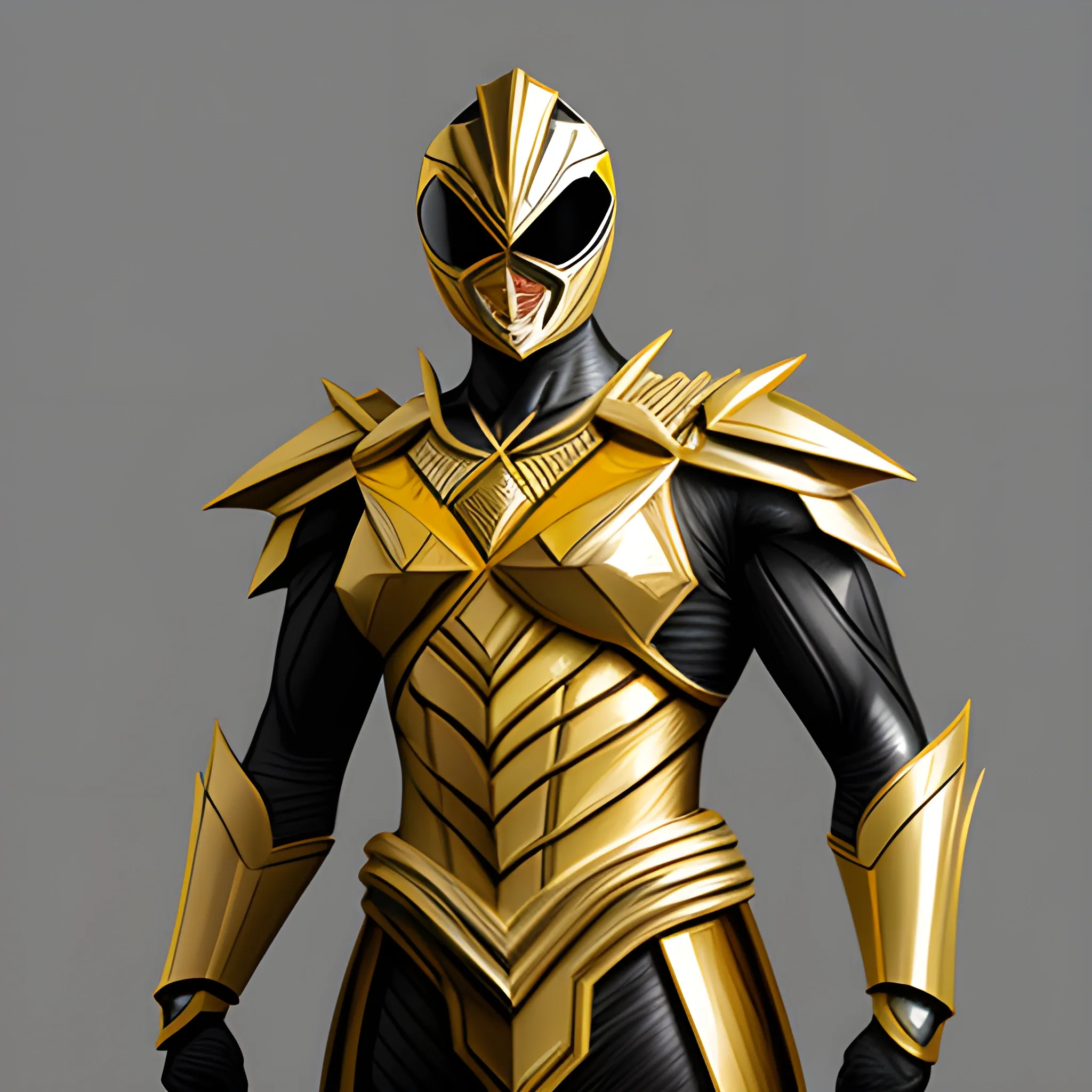
male , Gold with black trimming , power ranger , up-armor , full body , , 3D , Pencil Sketch , Oil Painting ,
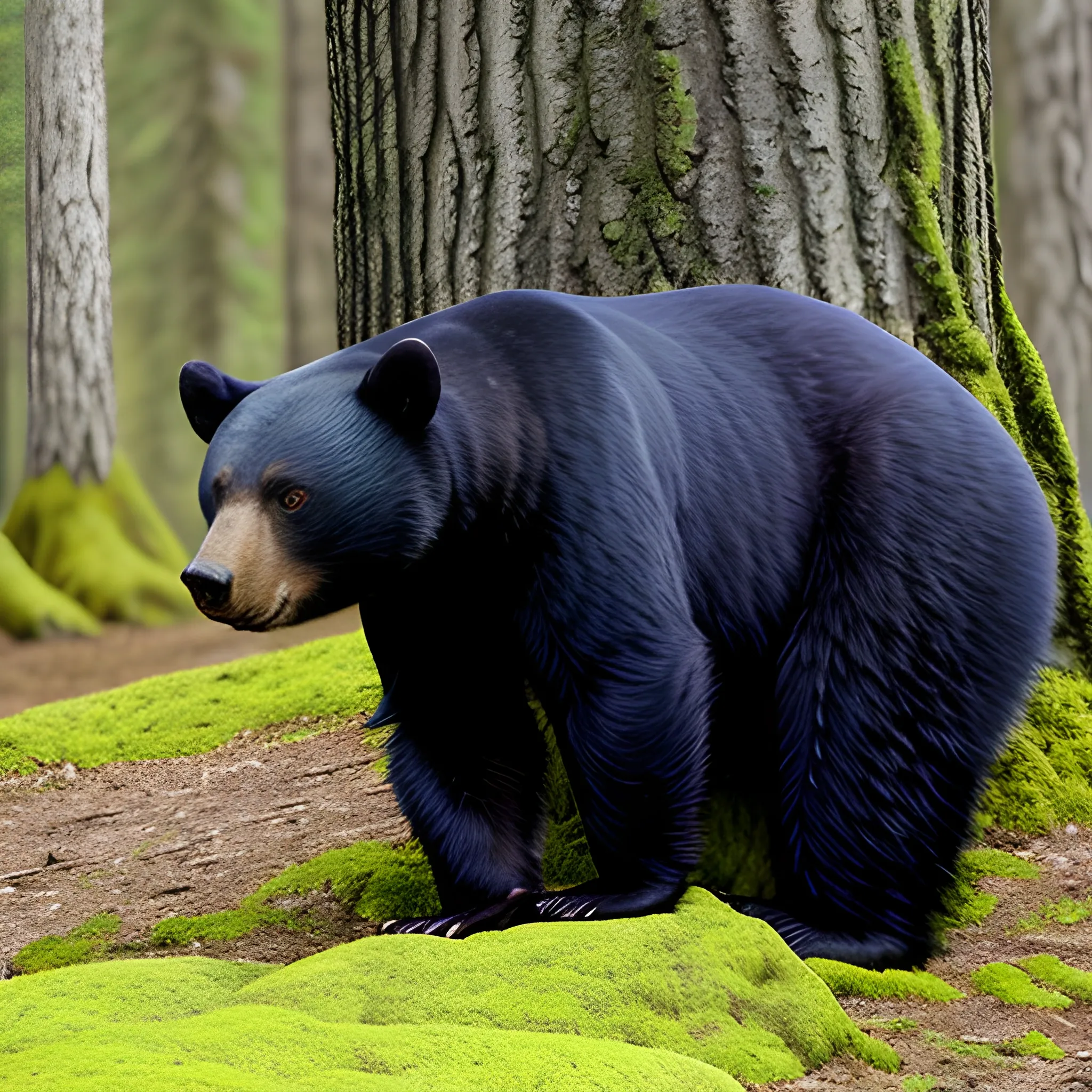
Appearance: The black bear is a large mammal with a sturdy build. Its fur is thick and mostly black , hence its name , although some individuals may have a light-brown muzzle or a small white patch on their chest. The fur is soft to the touch , providing excellent insulation during colder seasons. Adult black bears typically stand around 5 to 7 feet tall when on their hind legs and can weigh anywhere between 200 to 600 pounds , with males being larger than females. Features: The black bear has a distinctive humped back , which is a result of powerful muscles that enable them to dig and climb with ease. Their shoulders are well-developed , and their front paws have sharp claws , which they use for digging and climbing trees. Their strong jaws are equipped with sharp teeth , allowing them to consume various foods , including fruits , nuts , insects , and small animals. Despite their name , black bears can come in various shades of brown and cinnamon , but their fur generally appears dark from a distance. Habitat: Black bears are highly adaptable creatures and can be found in a range of habitats , including dense forests , mountainous regions , swamps , and even arid scrublands. They tend to favor areas with ample food sources , such as berries , nuts , and smaller mammals. In your DND world , they could inhabit ancient forests or remote wilderness areas , sometimes sharing territories with other woodland creatures. Behavior: Black bears are generally solitary animals , with the exception of mothers with their cubs. They are omnivorous , meaning they eat both plant matter and meat , but they are not typically aggressive unless provoked or threatened. They are skilled climbers , often seeking refuge in trees to avoid danger or to rest. During colder months , black bears may hibernate , using their stored fat reserves to survive the winter. Role in the World: In your DND world , black bears could play various roles , serving as guardians of certain areas , or sometimes appearing as natural obstacles for adventurers traveling through the wilderness. Druids and rangers might have a special connection with these majestic creatures , and they could be revered as symbols of strength , endurance , and adaptability. Encountering a black bear in the wild could offer opportunities for non-combat interactions , such as avoiding the creature by using stealth or calming it through the use of animal handling skills. However , if threatened or cornered , black bears could defend themselves fiercely , making them a potential challenge for adventurers who aren't careful in their approach. ,
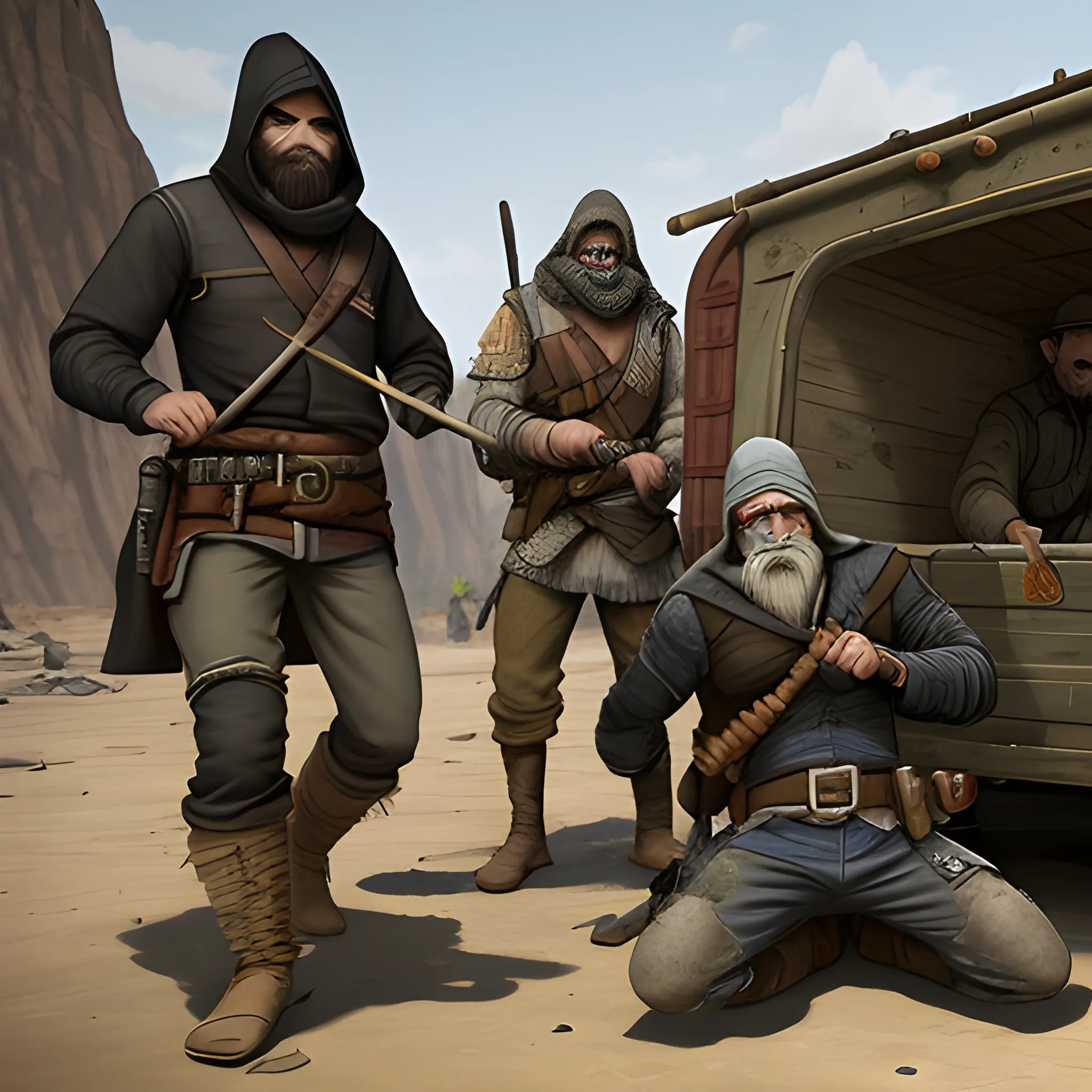
Appearance: The Bandit is a rugged and cunning individual , often dressed in worn and nondescript clothing that allows them to blend in with common folk or the wilderness. They may wear tattered cloaks or hoods to conceal their identity while on the prowl. Their attire is practical , allowing them to move swiftly and quietly during their illicit activities. Bandits often sport an unkempt appearance , with scruffy beards or unkempt hair , reflecting their rough and lawless lifestyle. Features: Bandits are opportunistic criminals , skilled in ambushes , theft , and intimidation. They may wield a variety of weapons , from rusty daggers to notched swords or stolen bows , depending on their individual expertise. While they lack the training and discipline of seasoned soldiers , their resourcefulness and willingness to resort to violence make them dangerous adversaries. Habitat: Bandits are commonly found in lawless or remote regions , where they can operate without interference from authorities. They may establish secret hideouts in caves , abandoned buildings , or hidden forest encampments. In your DND world , they might be part of organized criminal networks , operating out of seedy taverns or disreputable establishments. Behavior: Bandits are typically driven by a desire for wealth and power , willing to prey on the vulnerable and unsuspecting to achieve their goals. They are not afraid to use intimidation and violence to achieve their objectives , making them a menace to travelers and isolated communities. Some bandits may be driven by desperation or a sense of rebellion against authority , while others simply embrace a life of lawlessness. Role in the World: In your DND world , Bandits can be a common and persistent threat to the safety of travelers and the stability of settlements. They may operate independently or as part of larger criminal organizations , profiting from extortion , smuggling , or raiding caravans. Lawful characters , such as paladins and city guards , might consider it their duty to confront and bring these lawbreakers to justice. Encountering Bandits in your campaign can provide opportunities for diverse interactions and moral choices. Players may face the dilemma of showing mercy to those driven to crime by hardship or rooting out dangerous and malicious criminals. Bandit encounters can range from tense negotiations to thrilling skirmishes , offering a chance for characters to display their skills , morals , and resourcefulness. The presence of Bandits in your campaign world adds an element of danger and unpredictability to travel and exploration. Players will need to be cautious when traversing remote areas or encountering strangers on the road. Bandit encounters can serve as minor challenges for lower-level parties or become more significant threats when part of a larger , more organized criminal enterprise. Regardless of their role , Bandits provide an opportunity to explore themes of law and order , survival , and the blurred lines between good and evil in your DND world. ,
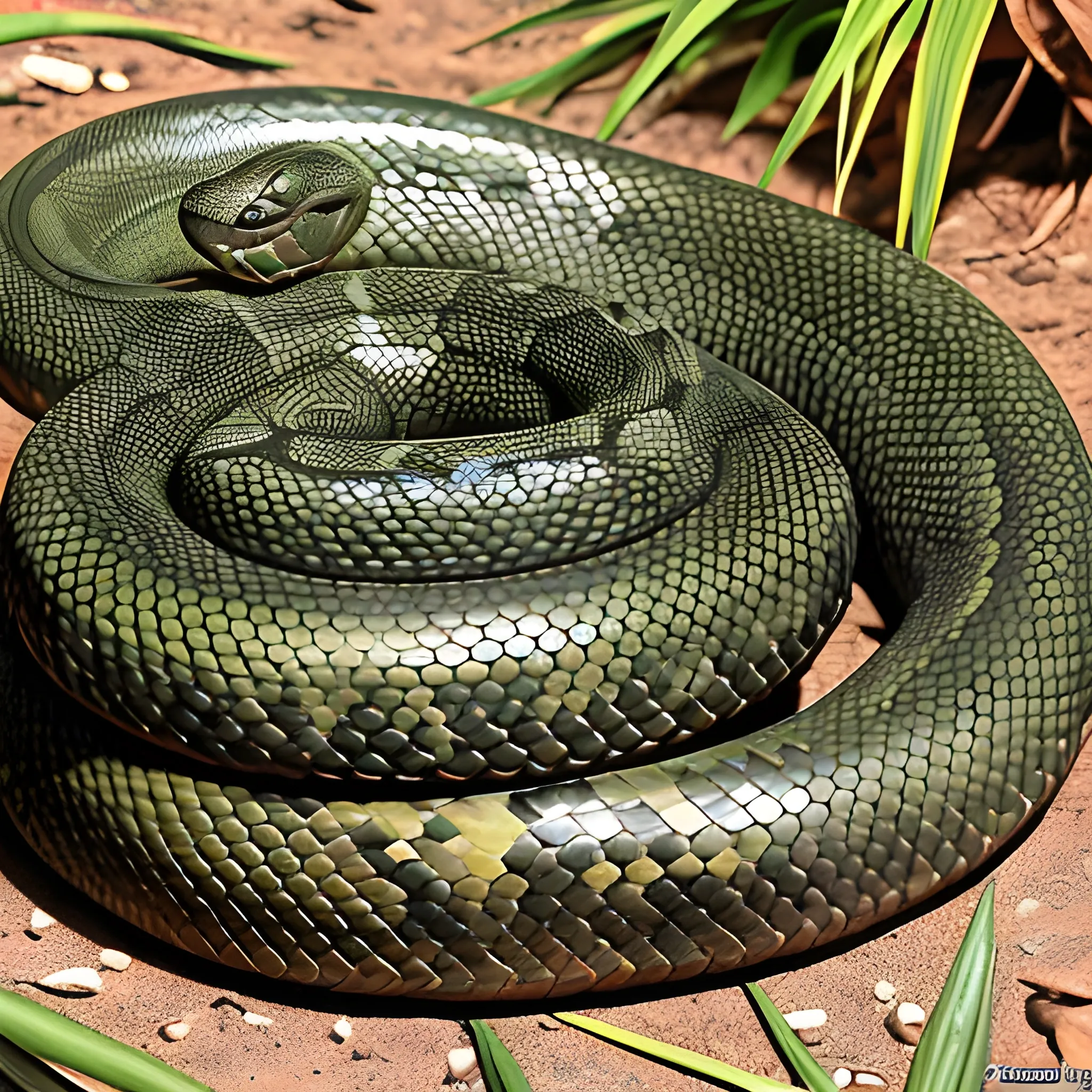
Appearance: The Constrictor Snake is a long and powerful reptile , known for its impressive ability to squeeze and suffocate its prey. It typically has a slender and muscular body , covered in scales that can vary in color from dull brown and green to vibrant patterns. Constrictor snakes have sharp , recurved teeth designed to grip and hold their prey as they constrict it. They are typically non-venomous and rely on their powerful constriction to subdue their victims. Features: The Constrictor Snake is a stealthy predator , relying on its keen senses to locate prey and ambush it. Its long , forked tongue allows it to taste the air and track potential food sources. Once it catches its prey , the snake coils around it , using its powerful muscles to squeeze and immobilize it. This method of hunting allows the snake to subdue prey larger than its mouth , as it doesn't need to swallow the victim whole. Habitat: Constrictor Snakes are found in a wide range of environments , from dense jungles and swamps to arid deserts and grasslands. They prefer warm climates and can be active both during the day and at night. In your DND world , they might inhabit untamed wilderness areas or hidden lairs , waiting for prey to pass by. Behavior: Constrictor snakes are generally solitary creatures , except during mating season. They are non-aggressive toward larger creatures , preferring to avoid confrontation when possible. When hunting , they rely on stealth and patience to surprise their prey. Their constriction technique is highly effective , allowing them to overpower and devour a variety of creatures. Role in the World: In your DND world , Constrictor Snakes could be a common predator in certain regions , often preying on small to medium-sized creatures. Druids and rangers might have a connection with these snakes , viewing them as symbols of balance in the natural world. Encountering a Constrictor Snake in the wild could be a challenging and potentially dangerous situation for adventurers. While they are not typically aggressive toward larger creatures , they may perceive humanoids as potential threats if they feel cornered or provoked. Players might need to exercise caution and use appropriate skills , such as animal handling or survival , to safely navigate through areas where these snakes are known to dwell. If adventurers find themselves facing a Constrictor Snake , they must be prepared for a battle of strength and wits , as the snake's constricting abilities can be deadly if not dealt with carefully. ,

Appearance: The polar bear is an imposing and majestic creature that roams the icy , frozen expanses of the polar regions. Its most distinctive feature is its dense , white fur , which provides excellent camouflage against the snow and ice. Polar bears have black skin , which helps them absorb and retain heat from the sun. This unique adaptation helps them survive in the frigid temperatures of their habitat. Adult polar bears can reach heights of 8 to 10 feet when on their hind legs and can weigh anywhere from 900 to 1 , 600 pounds , making them one of the largest bear species. Features: Polar bears have a streamlined body shape and powerful limbs that make them excellent swimmers. Their large paws are equipped with sharp claws , which aid them in catching prey and providing traction on ice. Their keen sense of smell allows them to detect seals , their primary food source , from great distances. Their jaws are incredibly strong , allowing them to crush through thick ice to access breathing holes of seals. Habitat: Polar bears are uniquely adapted to live in the Arctic regions , where they inhabit ice floes , coastlines , and pack ice. In your DND world , they might roam the frozen wastelands , guarding their territory and hunting for seals and other Arctic creatures. Behavior: Polar bears are solitary animals and are well-adapted to the harsh conditions of the Arctic. They are opportunistic predators , mainly preying on seals , but they may also scavenge on carcasses and eat vegetation if necessary. Polar bears are excellent swimmers and can travel long distances over ice and open water in search of food. Role in the World: In your DND world , polar bears might symbolize the resilience and adaptability of life in extreme environments. They could be revered by Arctic-dwelling tribes or seen as protectors of the icy wilderness. Druids and rangers with a connection to the Arctic might find a spiritual affinity with polar bears. Encountering a polar bear in the Arctic could be a rare and awe-inspiring sight for adventurers. Due to their remote habitat , polar bear encounters might be infrequent but incredibly memorable. In your campaign , adventurers might have opportunities to observe polar bears from a distance , engage in non-combat interactions , or witness their powerful hunting prowess. However , as with any wild predator , provoking or engaging in combat with a polar bear would be a dangerous endeavor , as they are incredibly strong and capable predators. ,
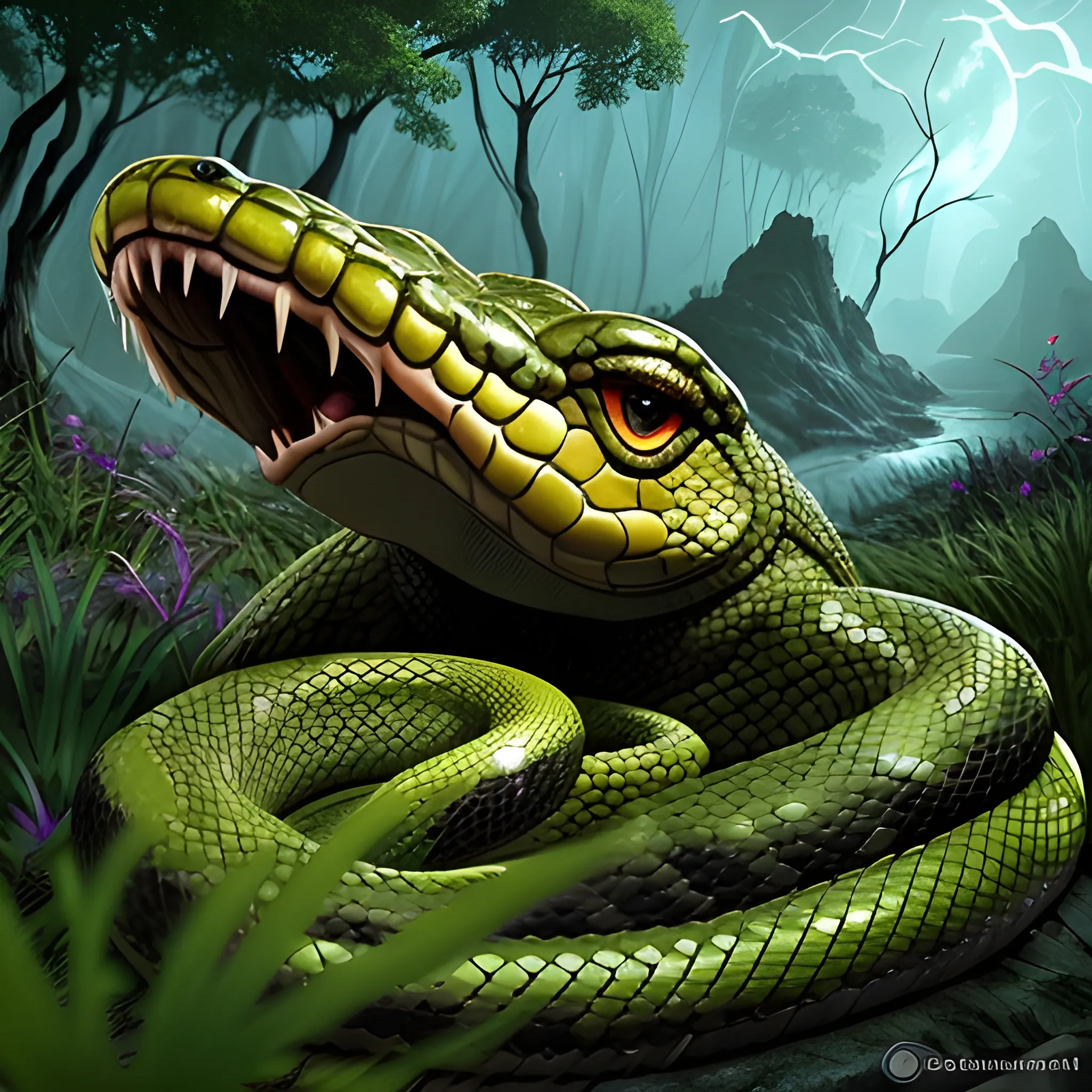
Appearance: The Giant Poisonous Snake is a massive and fearsome reptile , much larger than its smaller counterpart. It has a thick and muscular body , and its scales can have a range of colors , from mottled greens and browns to striking patterns that allow it to blend in with its surroundings. The snake's head is large and triangular , with a pair of long , hollow fangs through which it delivers its potent venom. Features: The Giant Poisonous Snake is known for its deadly venomous bite , which it uses to incapacitate and devour prey. Its venom is significantly more potent than that of its smaller cousin , making it a formidable threat to adventurers. A bite from a Giant Poisonous Snake can cause severe pain , paralysis , or even death , depending on the creature's size and resilience. Habitat: Giant Poisonous Snakes typically inhabit dense jungles , dark swamps , and other untamed wilderness areas. They prefer warm and humid environments and may be found in hidden lairs or lurking near water sources. In your DND world , they could guard sacred sites or serve as minions of malevolent beings. Behavior: Like their smaller counterparts , Giant Poisonous Snakes are stealthy predators , using their large size and camouflage to ambush prey. They strike swiftly and accurately , delivering their venom to immobilize their victims before consuming them. While generally non-aggressive , they may attack if they feel threatened or if potential prey ventures too close. Role in the World: In your DND world , Giant Poisonous Snakes could be apex predators in their habitat , feared and respected by other creatures. They might be associated with ancient legends or guarded by nature spirits. Druids and rangers might view them as symbols of balance and the wild's dangers. Encountering a Giant Poisonous Snake in the wild is a perilous and potentially deadly event for adventurers. The snake's venomous bite can have severe consequences , making quick thinking and decisive action essential to survive an encounter. Players must be well-prepared with protective spells , antidotes , or other means to counteract the venom's effects. The presence of Giant Poisonous Snakes in your campaign can create an atmosphere of danger and suspense , particularly in jungles or other untamed regions. Players will need to be vigilant and cautious during their explorations , as the looming threat of these massive venomous serpents adds an element of peril to their adventures. Giant Poisonous Snakes can serve as significant challenges for higher-level adventurers , reminding them of the dangers that still lurk even in seemingly familiar environments. ,

